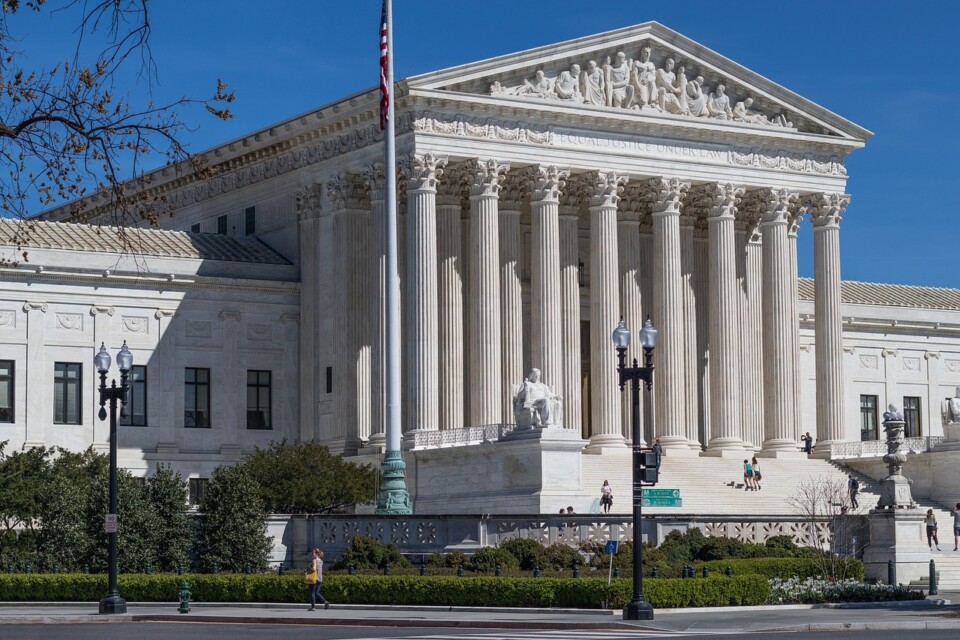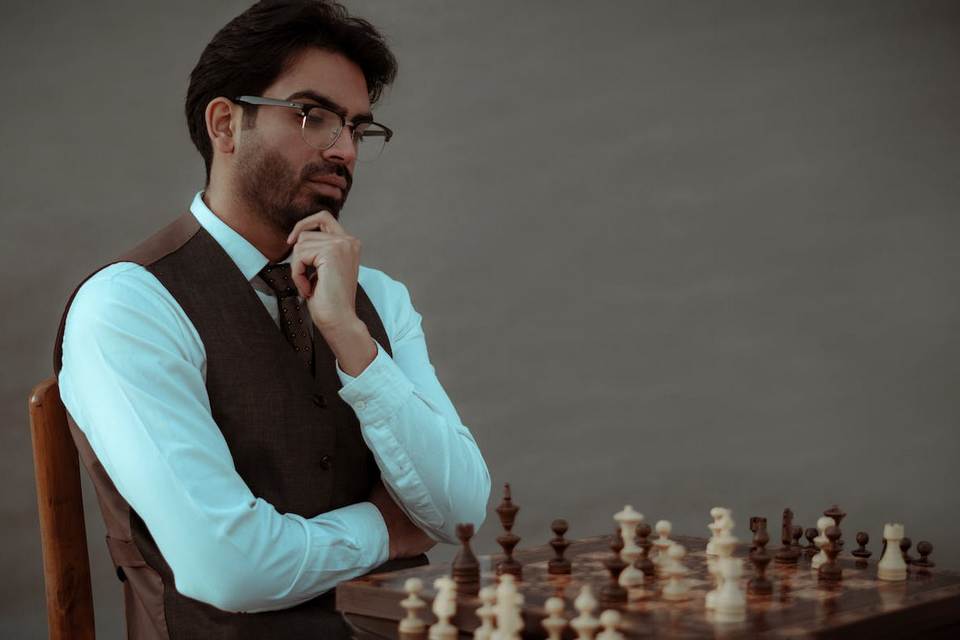Last Updated on April 1, 2024 by Ranking
When it comes to the US Supreme Court, the order in which oral arguments are presented can have a significant impact on the outcome of the case. This phenomenon is known as “order effects.” The Court has implemented various methods to mitigate these effects, such as limiting the amount of time allotted for each side’s argument. Despite these efforts, order effects remain a prevalent concern in Supreme Court proceedings.
Justice Harry Blackmun kept copious notes about counsel during oral argument. He evaluated almost every attorney’s performance. In a pathbreaking study, Johnson, Wahlbeck, and Spriggs (2006) used those evaluations to measure attorney argument quality. They found that attorneys who delivered higher quality oral arguments were more likely to capture justices’ votes. The findings suggest oral argument may not have as much influence on justices as scholars currently believe.
In a 2006 study, Johnson, Wahlbeck, and Spriggs argued that scholars could use Justice Blackmun’s oral argument grades to measure the quality of each attorney’s performance. Their analysis showed that experienced attorneys and attorneys who previously worked as Supreme Court law clerks tended to receive better grades from Blackmun. These findings provided evidence that the measures were valid. The authors then examined whether high-quality oral arguments—as reflected by good attorney grades— influenced justices’ votes. They did.
A “similarity effect” is one type of order effect that may have influenced how Justice Blackmun evaluated attorneys. A contrast effect exists where a prior decision makes a person less likely to believe or do something in a subsequent decision. An attractive date looks less attractive when a person sees a picture of a “strikingly attractive” person immediately beforehand.
Scholarship has shown that similarity effects influence judges. Judges sometimes evince contrast effects too. One study found that asylum judges, following a streak of two grant decisions, were 19 percent less likely to grant an otherwise qualified third applicant. Surprisingly, little work exists on how these kinds of effects influence Supreme Court justices.
The research on order effects suggests that Blackmun’s evaluations of respondent attorneys might turn on how the petitioner attorney performed in the case. If Blackmun graded the respondent differently when arguing in the first position versus when in the second, that would be strong evidence of an order effect. To examine whether the grades Blackmun awarded to petitioners influenced the grades he awarded to respondents, I obtained the Blackmun grade data. I examined 371 cases decided between 1970 and 1994.
Relying on Johnson, Wahlbeck, and Spriggs (2006), I control for a handful of other covariates. Attorneys who appear numerous times before the Court are more likely to perform better than attorneys without such experience. Former Supreme Court Clerk equals 1 if the respondent attorney was a former Supreme Court clerk; 0 otherwise. Solicitor General equals 1 when the respondents attorney was the solicitor general (SG)
In his notes from the arguments in Evco v. Jones (1972), Justice Blackmun wrote: “Yes, this case is confusing” after the petitioner concluded his argument. When the respondent concluded, Blackmun sarcastically noted: ‘What an argument!’ In Bruno v. Pennsylvania (1971), Blackmun grumbled: “We can not get answers out of these guys’
It is possible that parties hire firms with equal experience and caliber, and the firms then select attorneys to argue who may not be equal in terms of experience before the Court. While possible, it seems unlikely that firms would pit inexperienced counsels against experienced counsels like this. It is also important to note that the petitioner does not appear to influence Blackmun’s respondent grades more in complex cases.
Blackmun might be less vulnerable to cognitive illusions when observing increasingly experienced respondents. Attorney experience influenced Blackmun’s evaluations, with experienced attorneys earning higher grades on average. Even though respondent grades were influenced in part, by petitioner grades, the effect is not a perfect match. Good respondents pull up some petitioners, Bad respondents pull down some others.
Findings suggest that scholars may have overstated the influence of oral arguments at the Court. Figure 4 shows that the influence may be less among ideologically extreme justices than previously believed. The ranked approach suggests that the effects of quality oral arguments are less among ideologues than among moderates.
The results are not without their limitations. A follow-up study should consider a much larger data set. Another study might consider whether sequence effects travel across cases. Perhaps petitioner briefs play a stronger framing effect on justices than currently believed. Perhaps the Chief’s comments at the conference anchor the agenda more than we know.




